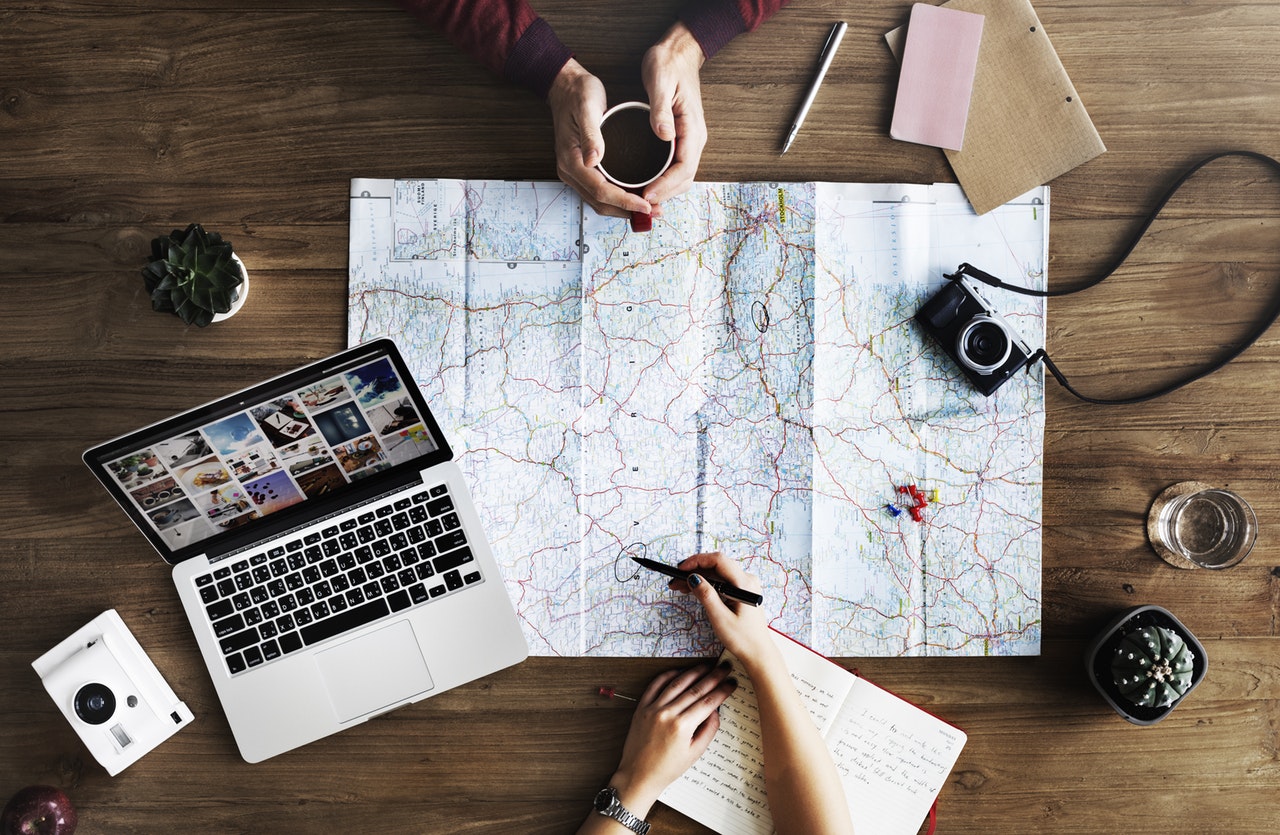What is this digital public history exhibit about?
The digital public history exhibit is based on the 18th century, and about advertising during this time period. The exhibit posts daily advertisements published 250 years ago in colonial newspapers. The top of the page is titled “An Exploration of Advertising in Colonial America 250 Years Ago This Week.”
Who made it, and why?
The creator of The Adverb 250 project is Carl Robert Keyes, a professor in Massachusetts at the Assumption College. The exhibit was created to survey advertising during the 18th century in great detail. It also serves as an educational tool for us; easily comparing advertising from then to now.
What kinds of primary sources did you find?
Throughout my search of the exhibit, the primary sources that I found were photographs and newspaper clippings. A lot of the sources were advertisements that had been taken out of newspapers.
Overall, what did the digital public history exhibit do well?
I found that navigating the site was extremely easy and flowed well. I also enjoyed the pictures and enthusiasm in them.
Overall, what did the digital public history exhibit not do well?
I didn’t find anything wrong with the exhibit; possibly make it easier to go from one post or time frame to another.
Thinking about digital humanities more broadly, what is gained, and what is lost, when representing the past through this digital public history exhibit?
I find that the digital humanities are a great concept to our society and it forces accessibility. I find that it takes up a significant amount of time and one may rush through; essentially, just using pictures to help their understanding.
Brianna Martin
